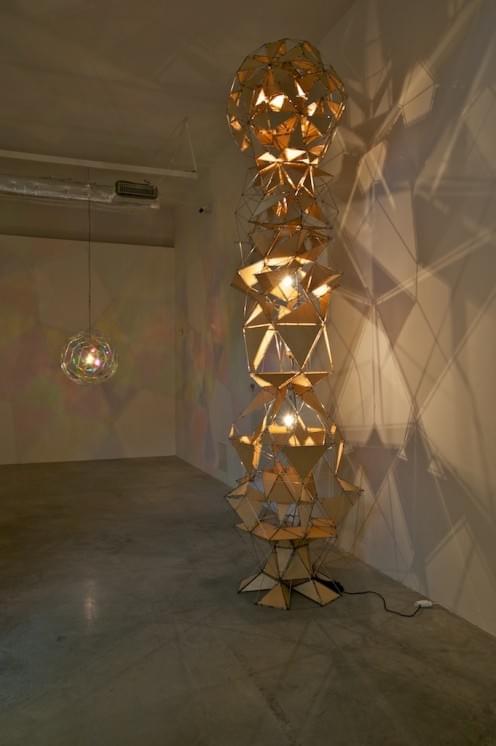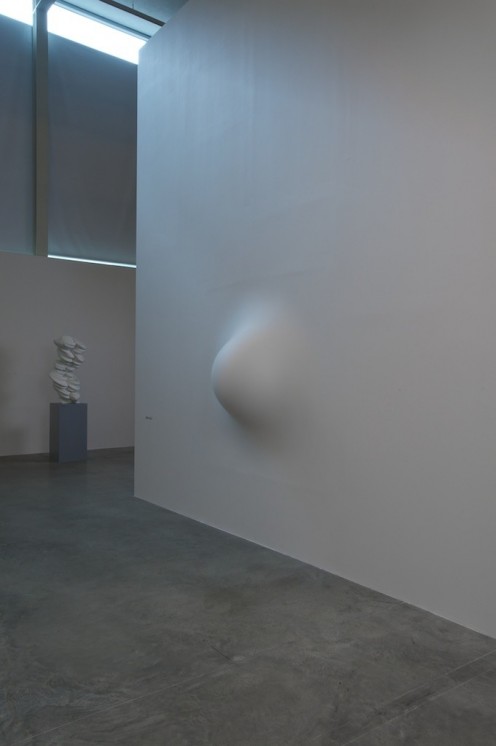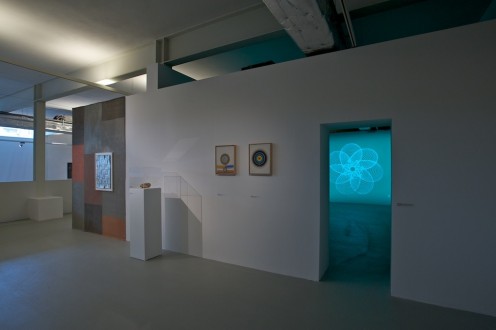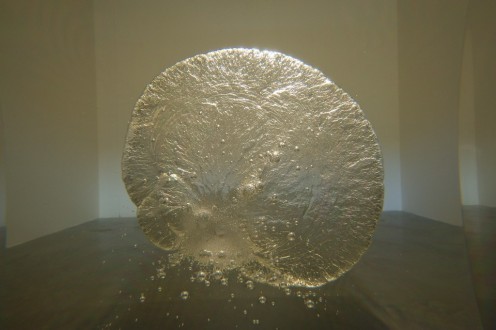Rudolf Steiner and Contemporary Art / Thinking without limits
16 Jun – 12 Sep 2011

Rudolf Steiner is generally considered one of the most influential and, at the same time, one of the most controversial thinkers of the 20th century.
A philosopher, architect, sociologist, humanist and visionary, Steiner was also the founder of anthroposophy, a spiritual discipline merging advances in contemporary science with spiritual issues. Steiner made his mark in
a number of fields, from philosophy through pedagogy and medicine to agriculture. Among his most remarkable achievements is the establishment of a network of Waldorf schools.
Rudolf Steiner lectured extensively and stayed in Prague several times between 1906 and 1924 as part of his tours; was especially fond of the ‘mystical’ atmosphere of the city. He believed that constructions such as St. Wenceslas Chapel and the Old Town Hall astronomical clock conveyed deep spiritual meaning. Steiner’s Prague lectures were well attended and attracted such luminaries as the mathematician Albert Einstein and the writer Max Brod. Rudolf Steiner’s philosophy went on to inspire major artists, among them Wassily Kandinsky, Piet Mondrian and Joseph Beuys.
The DOX Centre for Contemporary Art is the organiser of the exhibition entitled Thinking without Limits: Inspired by Rudolf Steiner that accompanies the Prague version of the Rudolf Steiner and Contemporary Art exhibition. The Thinking without Limits project reflects his spiritual inspiration in the art of the first decades of the 20th century in the output of several artists, chiefly active in Prague and Vienna. While some of them were directly influenced by Rudolf Steiner, others drew inspiration from similar sources, whether theosophy (also Steiner’s point of departure) or other esoteric directions. Rudolf Steiner is represented at the exhibition by a selection of drawings.
For the exhibition the DOX Centre for Contemporary Art has prepared
a publication in Czech and English that will supplement the catalogues for the exhibitions in Wolfsburg and Stuttgart.
Rudolf Steiner and Contemporary Art
Exhibition catalog
Markus Brüderlin, Ulrike Groos (eds.), Wolfsburg/Stuttgart 2010/11
Rudolf Steiner – Alchemy of the Everyday
Exhibition catalog
Mateo Kries & Alexander von Vegesack (eds.), Weil am Rhein 2010/12































